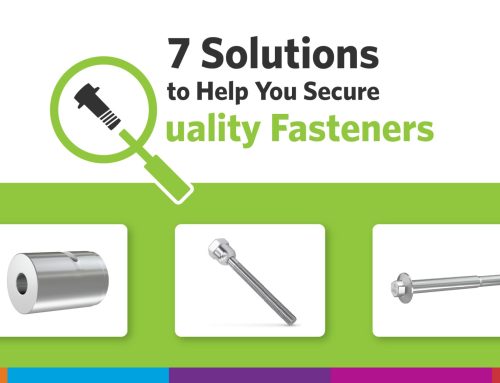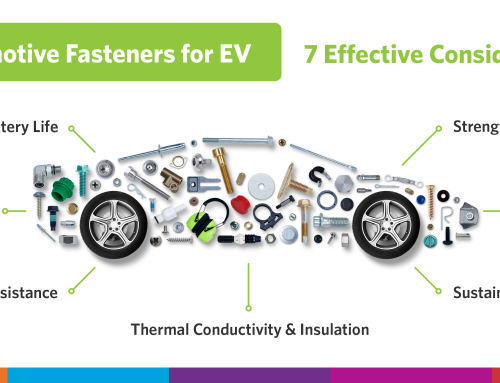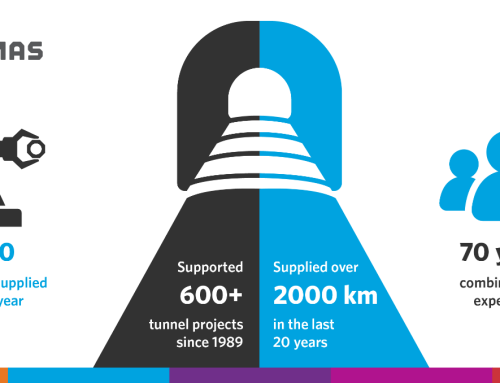
One Screw Delivers Multiple Advantages for Ride on Mower Manufacturer
Introducing a new model can offer an opportunity for manufacturers. An opportunity to further optimize production methodology and deliver new engineered solutions to the market. This is exactly the opportunity a leading US supplier of outdoor power equipment seized in support of its new ride-on mower. With the help of an external supplier partner, Optimas Solutions, the manufacturer was able to simultaneously reduce component investment while still delivering a highly engineered solution for the application.
A mainstay in the lawn and garden sector, this manufacturer has been providing market-leading outdoor power tools for over 50 years. Over the years, the business has constantly worked to optimize its designs to keep pace with the needs of its customers. As a result, when the chance was presented to redesign a fastener from scratch, the business grasped the opportunity with both hands.
Ultimately, the manufacturer wanted to transition to high strength/low alloy (HLSA) steel components on its new ride-on mower models. This would offer better mechanical properties. Furthermore, the business aimed to use smaller diameter screws on the new platform, rather than the 5/16” diameter components that were currently used, which would simplify the Bill of Materials (BoM), thus adding value to the supply chain. The introduction of the screws would also serve to improve the reliability of associated joints on the ride on mower, allowing warranty improvements.
The manufacturer enlisted the help of fastener experts, Optimas, to aid in the design specification, a process that Mike Eusanio, Applications Engineer at Optimas, remembers well “Developing a screw that provided an improved drive-to-strip ratio in the new, thinner steel materials that the customer had chosen was important. They also wanted to reduce the overall number of joints in the platform from the previous ride on mower designs. This would directly correlate to an increase in efficiency. By developing an ideal screw with an optimally designed mating nut, we could help the customer achieve these goals.”
With the two design teams working in tandem, research was carried out to define the optimum solution. Through close communication and substantial testing, the manufacturer settled on an M6 screw, which provided the best performance. All work was carried out in time to meet the development deadlines for the new model ride-on mower, and the new component was incorporated successfully into the design.
Eusanio expanded on the testing procedures “We utilized the existing facilities at our fastener manufacturing site in Wood Dale, Illinois. At this site, we offer our customers the use of our state-of-the-art testing labs, which we use to assess the suitability of the components we provide. We conducted extensive tests, simulating joints with steel plates and frame members provided by the manufacturer. Via this approach, we could be sure to give the customer every available result to inform a correct decision. With manufacturing capacity also on-site, we could produce the product quickly, despite the screw thread design being exclusive to this customer.”
Introducing the new fastener brought added advantages. In a wider program of component simplification, the new fastener is expected to play a significant part in reducing fastener count by 30-40% on future models. This would help the manufacturer reduce overall component investment while expediting manufacturing times. Consequently, the new fastener immediately added value to operations, with the manufacturer rolling out implementation across its product range wherever suitable.
By introducing new components at the prototype stage, with the help of a fastener expert, manufacturers can gain tangible advantages that extend far beyond the finished product, helping to improve fastener applications for the entire company. The new model acts as a proof of concept, ensuring that further implementation can be carried out to add value, save time with maximum suitability for application. These are the types of benefits that for an OEM manufacturer, are hard to ignore.






